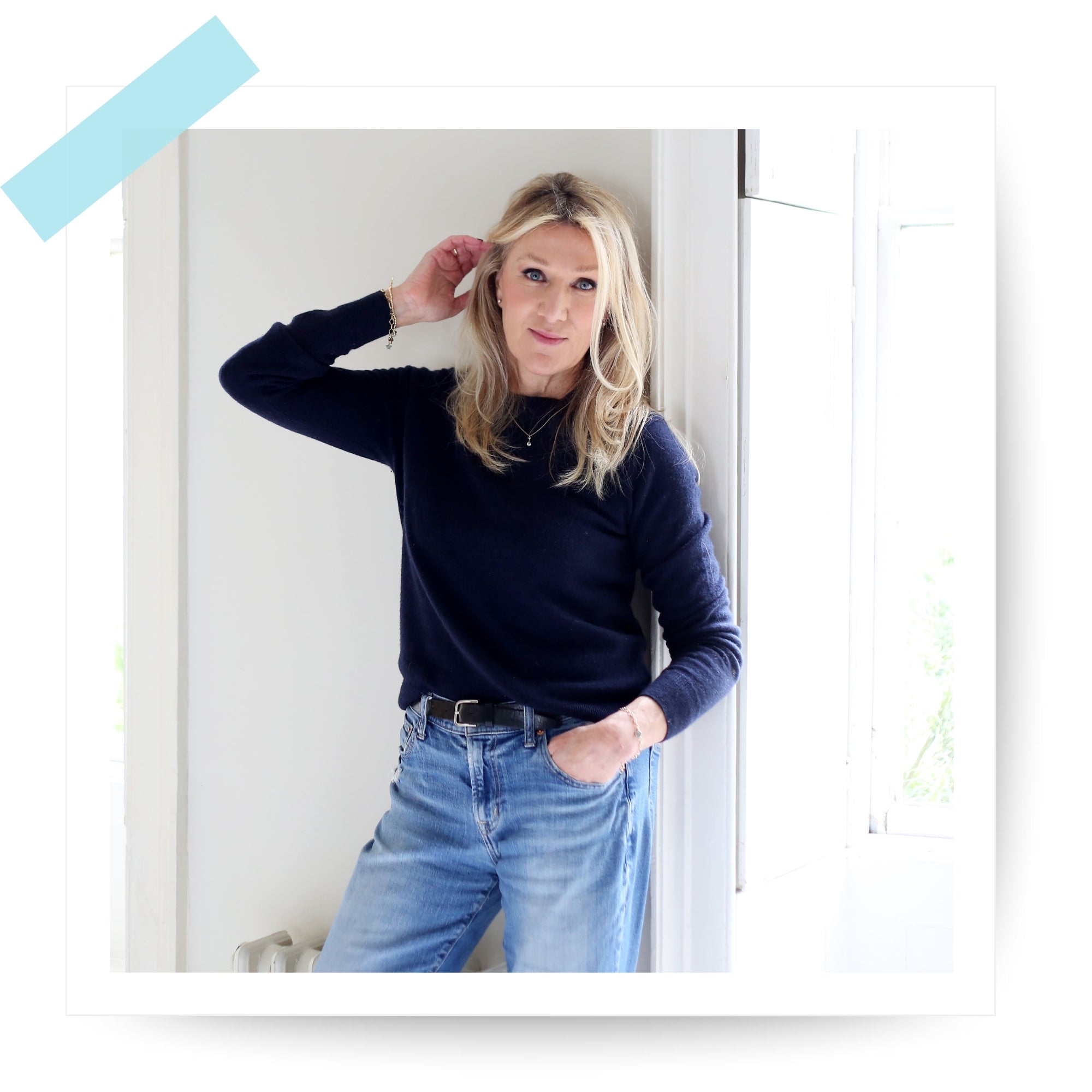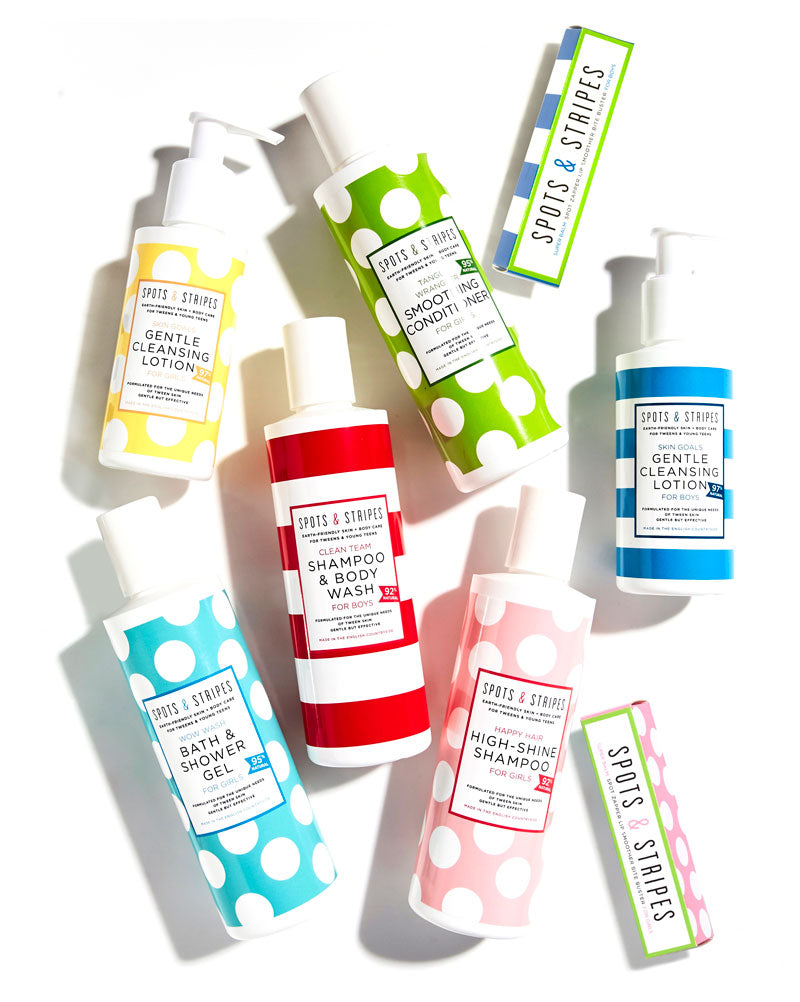Let’s face it – periods aren’t a whole lot of fun. And if being moody, bloated and crampy once a month wasn’t bad enough, most teens will also get period-related acne.
How is a period breakout – or ‘hormonal acne’ as it’s officially called – different from your day-to-day teen acne? The most obvious sign is the timing. Hormonal acne will appear in the week leading up to your period and tends to clear up as your period ends.
And, while your regular breakouts might be clustered on your forehead or nose (those oilier t-zone areas!), hormonal acne often surfaces around the chin and jawline, with larger, more painful spots, deeper under the skin.
WHY DO PERIODS MAKE US SPOTTIER?
Like so much of what happens when you’re a teenager, your hormones are to blame. Just before your period starts, the levels of oestrogen and progesterone in your body drop. This causes your sebaceous glands (which are generally overactive during the teenage years) to produce more sebum.
Now, sebum is useful because it protects your skin and stops it getting dry. But, when you have too much of it, things start to go wrong. Instead of getting on with the job of looking after your skin, it clumps together with dead skin cells in your pores. When that oil gets trapped, it attracts a sebum-loving bacteria, which parties in your pores creating the redness and swelling that you know as spots.
If that wasn’t bad enough, this hormonal rollercoaster also increases the amount of acne-causing bacteria on your skin and triggers skin inflammation. The result? A proper pimple party.
AND WHEN YOUR PERIOD STARTS, THE SPOTTINESS DOESN’T STOP…
Even once your period has started, those hormones are still causing trouble. This time, testosterone is the trouble-maker (yes, even girls have testosterone, too, to build strong muscle and bones). As your hormones wobble again, towards the end of your period, testosterone tells the sebaceous glands to pump out even more sebum. And you know what that means…yep, more blocked pores and more spots.
So, while you can’t completely stop hormonal acne, there’s lots you can do to minimise it and speed up healing.
PERIOD-PROOF YOUR SKINCARE ROUTINE
You might think that a period skincare routine is all about drying out those spots, stripping that sebum and washing your face five times a day. Wrong! You actually need to treat period skin incredibly gently. That’s why our Skin Goals Gentle Cleansing Lotion and spot-treating Super Balm don’t dry out the skin or upset its natural balance – and contain as many ingredients that soothe and moisturise, as ones that zap bacteria and downsize inflammation.
And even though you are spottier than normal, cleansing twice a day is enough, too. Just massage our cleansing lotion into dry skin for a couple of minutes and wipe it off with a clean damp flannel, or one of our muslin cloths (brilliant at lifting away dead skin cells and wiping off dirt and oil without irritating your skin).
OTHER IMPORTANT TIPS:
- Do not squeeze or pick your spots! We know it’s tempting, but you know what? It won’t make your spot go quicker. It will damage and irritate your skin, spread bacteria to other parts of your face and up the chances of scarring.
- Humidity and sweating are not your skin’s friends. Try not to sit around too long with a sweaty face or in sweaty sports kit. Splash your skin with water after sport, shower if you can and remember to cleanse thoroughly along your hairline and jawline.
- Use a spot zapper (ideally our Super Balm). Apply it with clean hands, every few hours.
- Apply a salicylic acid lotion after cleansing, to really clear out those pores.
THINK ABOUT DIET!
What you eat can make a huge difference to your skin now. Certain foods cause hormones to surge in your body, which can trigger spots. And other foods can help your skin look great. As your body is a total hormone party right now – and even more so during your period – it makes sense to eat things that are going to help your body function better.
Research has shown that foods with a high glycemic index can lead to high insulin levels and that leads to higher production of androgens (like testosterone) and sebum. So, before and during your period, try to eat less of the following:
- Sugary foods
- White bread, pasta and white rice
- And eat more:
- Wholegrains (such as wholewheat bread, brown rice and quinoa) – They have a lower glycemic index so can minimise the appearance of acne.
- Fruit and vegetables
- Probiotics (found in kefir, live yoghurt, etc) – Mainly because they increase the good bacteria in your gut. And a balanced, healthy gut reduces inflammation all through your body – including the acne on your face.
Remember, hormonal acne is incredibly common – more than 65% of us get it every month. So, while getting some spots is kind of inevitable, there is a lot you can do to help: eat healthily, use good, gentle products daily. If you treat your skin the right way, it will be a little happier. And, so will you!
To find out more about Teen/Tween skin and how to keep it in tip-top shape, download our Letter to Your Teen/Tween.






